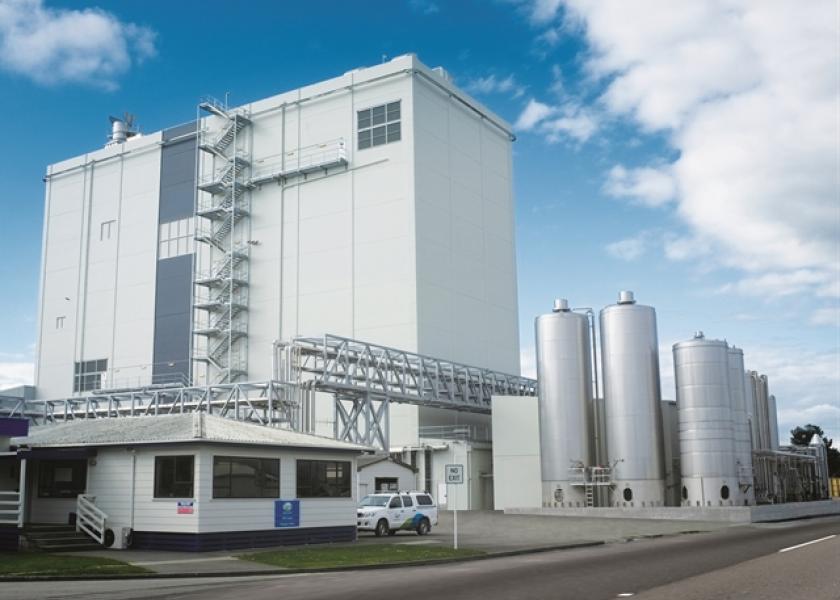Global Milk Prices May Have Turned Corner in Fillip for Kiwi

Global milk prices may have finally turned the corner, boosting the economic outlook in New Zealand, the world’s biggest dairy exporter.
Prices for whole milk powder could surge more than 11 percent at the GlobalDairyTrade auction later Tuesday, analysts said, citing gains in futures contracts. That would follow a 9.9 percent jump at the last auction a fortnight ago as signs of a swing in sentiment began to emerge.
“Typically that’s when you see buyers piling into the market just to secure product now before prices move higher, which in turn stimulates demand,” said Susan Kilsby, a New Zealand dairy analyst for AgriHQ. “What’s really changed is that global milk supply is slowing in most parts of the world as a result of prices being low for so long, and we’re seeing an increase in demand from China.”

A global milk glut saw dairy prices slump in 2014, pushing most of New Zealand’s dairy farmers into the red and damping economic growth as they reduced spending. While a return to profitability isn’t imminent, price increases could reduce the economic headwind from dairy and provide further support for the New Zealand dollar.
December whole milk powder futures traded on the NZX have climbed 20 percent in the past month to $2,770, their highest this year, helping to drive a 3 percent climb in the kiwi dollar. The currency rose to 72.45 U.S. cents at 5:47 p.m. in Wellington Tuesday ahead of the GDT auction, which is held during the European day.
Fortnightly Auction
Futures contracts expiring October and November have also surged to 2016 highs of $2,675 and $2,760 respectively. That compares with a whole milk powder price of $2,265 a metric ton at GDT’s last auction on Aug. 2, which was the highest so far this year.
“What’s crucial for the market is whether these gains can be held,” said Con Williams, rural economist at ANZ Bank New Zealand in Wellington. “If they can, then I think we will have seen a bit of a turning of the corner, though we are still of the view that the longer-term picture is lower than where it was coming into the downward cycle.”
The farmgate milk price that New Zealand’s Fonterra Cooperative Group pays its 10,000 farmer suppliers plunged to NZ$3.90 ($2.81) a kilogram of milksolids last season, a nine-year low, from a record NZ$8.40 a kilogram in 2013-14. The group currently forecasts a payout of NZ$4.25 per kilogram for this season, but most analysts predict that will be exceeded.
ANZ is predicting a payout in the mid-to-high NZ$4 range, while AgriHQ has it at NZ$4.63, which it may revise higher after tonight’s auction.
“It needs to be back above NZ$5 for the average farmer to break even,” said Kilsby. “But any improvement we see will have a flow-on effect, particularly in smaller rural communities that are heavily reliant on dairying. All your trades, your plumbers, your electricians, it’s been a real struggle for that part of the economy.”







